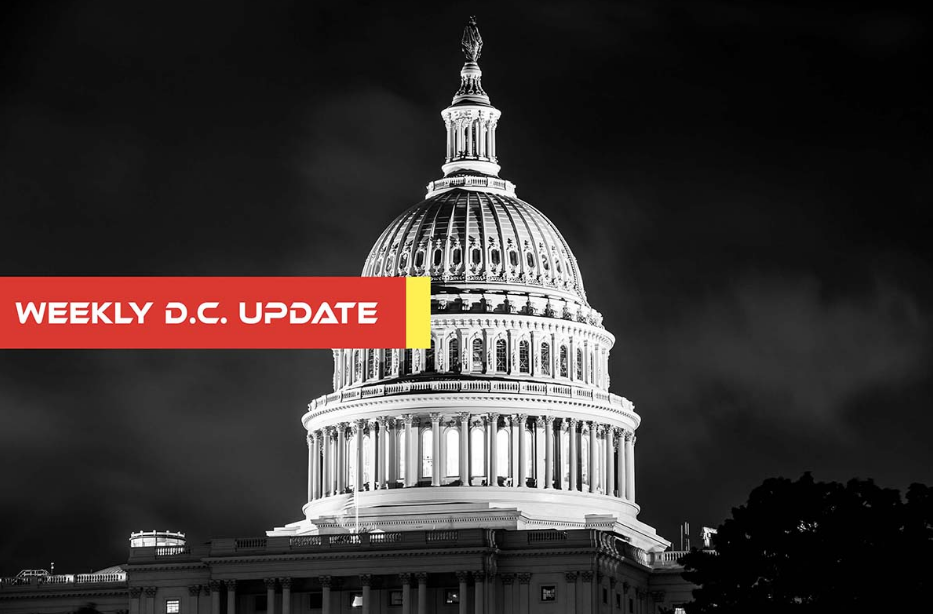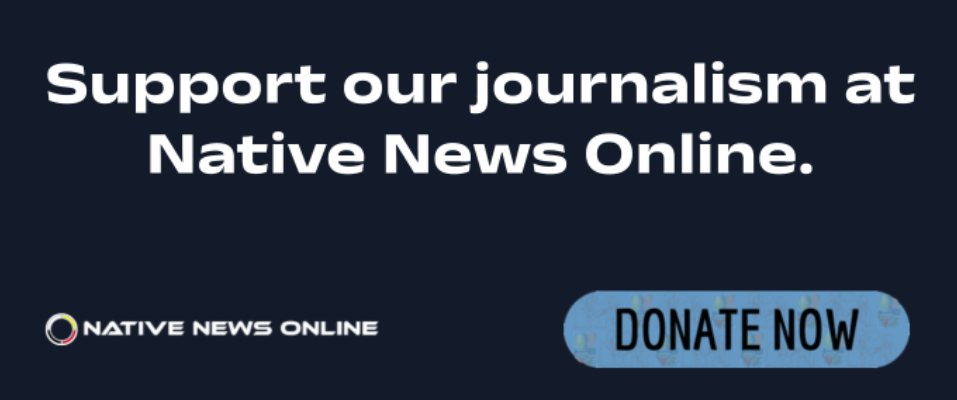
- Details
- By Native News Online Staff
WASHINGTON — In addition to articles already covered by Native News Online, here is a roundup of other news released from Washington, D.C. that impacts Indian Country recently.
BIA Adjusts Power Rates for the San Carlos Irrigation Project in Arizona
The Bureau of Indian Affairs (BIA) on Friday announced final electric power rate increases for the San Carlos Irrigation Project-Power Division for the first time in over 16 years. The final electric power rate increases have been published in the Federal Register and will be effective starting January 18, 2023.
“While the BIA does everything possible to prevent increasing costs for consumers, the electric power rate increases are necessary to bring the cost of operations to current standards, which has not been done in over 16 years,” said Darryl LaCounte, Bureau Director- BIA. “These electric power rate increases now reflect the current cost to operate and supply the power, perform appropriate maintenance, and ensures BIA can continue to provide safe and reliable services into the future.”
Average residential monthly bills will increase by $4.08 or 3.2% per month. Average commercial monthly bills will increase by 15-20% per month. Bill increases will be higher for customers with above average energy consumption and demand.
Additionally, the Power Division will shift from tiered electricity rates where customers who use more electricity pay less per unit, to a flat rate where all energy consumed is evenly priced and reflective of the cost of purchasing power. This move reflects changes in the present market for purchasing power, which is impacted by power supply scarcity and higher fuel prices.
The San Carlos Irrigation Project-Power Division provides electric power service to customers located within the Gila River Indian Reservation, the San Carlos Apache Reservation, and off-reservation communities in Gila, Maricopa, Pima, and Pinal Counties in Arizona. Its service territory stretches across five counties and includes 28 substations, and 1,912 miles of distribution lines.
Advance Appropriations Needed for Indian Healthcare System
The Indian healthcare system, including the Indian Health Service (IHS), Tribal facilities, and urban Indian organizations (UIOs), is the only major federal healthcare provider funded through annual appropriations. Advance appropriations will stabilize IHS funding and allow for long-term planning by insulating Indian healthcare providers from government
shutdowns and continuing resolutions.
On November 30, 2022, Sonya Tetnowski, President of the National Council of Urban Indian Health (NCUIH) and CEO of the Indian Health Center of Clara Valley, Army Veteran, and citizen of the Makah Tribe testified before the Senate Committee on Veterans’ Affairs at a hearing titled “Native American Veterans: Ensuring Access to VA Health Care and Benefits.”
In addition to Ms. Tetnowski, the Committee heard from the Indian Health Service (IHS) Director Roselyn Tso (Navajo), IHS Deputy Director Benjamin Smith (Navajo), Veterans Health Administration (VHA) Deputy to the Deputy Under Secretary for Health Mark Upton, VA Office of Tribal Government Relations Director Stephanie Birdwell (Cherokee Nation in Oklahoma), John Bell from Veterans Benefits Administration, Nickolaus Lewis (Lummi Nation) from the National Indian Health Board, Larry Wright, Jr. (Ponca Tribe of Nebraska) from the National Congress of American Indians (NCAI), and Leo Pollock (Blackfeet Nation) from the Blackfeet Veterans Alliance.
Visit NCUIH.org/Advance to contact Congress to honor its promises and enact advance appropriations
Neely Bardwell (descendant of the Little Traverse Bay Bands of Odawa Indians), a Michigan State University student who is a staff reporter for Native News Online, contributed to these briefs.
More Stories Like This
Native News Weekly (August 25, 2024): D.C. BriefsUS Presidents in Their Own Words Concerning American Indians
Suspected Drunk Driver Crashes into Parade in Kayenta on Navajo Nation, Killing 1 & Injuring 3 Others
Tribal Broadband to Get $6.5M Boost as NTIA Plans Consultations
Pokagon Potawatomi Band, Four Winds Casinos Donate 1,000 Christmas Food Boxes
Help us defend tribal sovereignty.
At Native News Online, our mission is rooted in telling the stories that strengthen sovereignty and uplift Indigenous voices — not just at year’s end, but every single day.
Because of your generosity last year, we were able to keep our reporters on the ground in tribal communities, at national gatherings and in the halls of Congress — covering the issues that matter most to Indian Country: sovereignty, culture, education, health and economic opportunity.
That support sustained us through a tough year in 2025. Now, as we look to the year ahead, we need your help right now to ensure warrior journalism remains strong — reporting that defends tribal sovereignty, amplifies Native truth, and holds power accountable.
 The stakes couldn't be higher. Your support keeps Native voices heard, Native stories told and Native sovereignty defended.
The stakes couldn't be higher. Your support keeps Native voices heard, Native stories told and Native sovereignty defended.
Stand with Warrior Journalism today.
Levi Rickert (Potawatomi), Editor & Publisher


